
Artificial intelligence and the governance of international migration
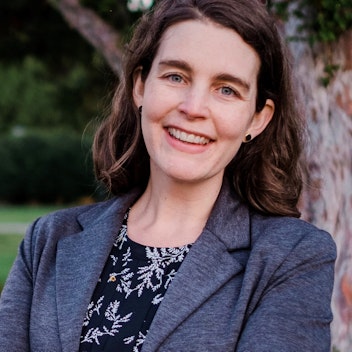

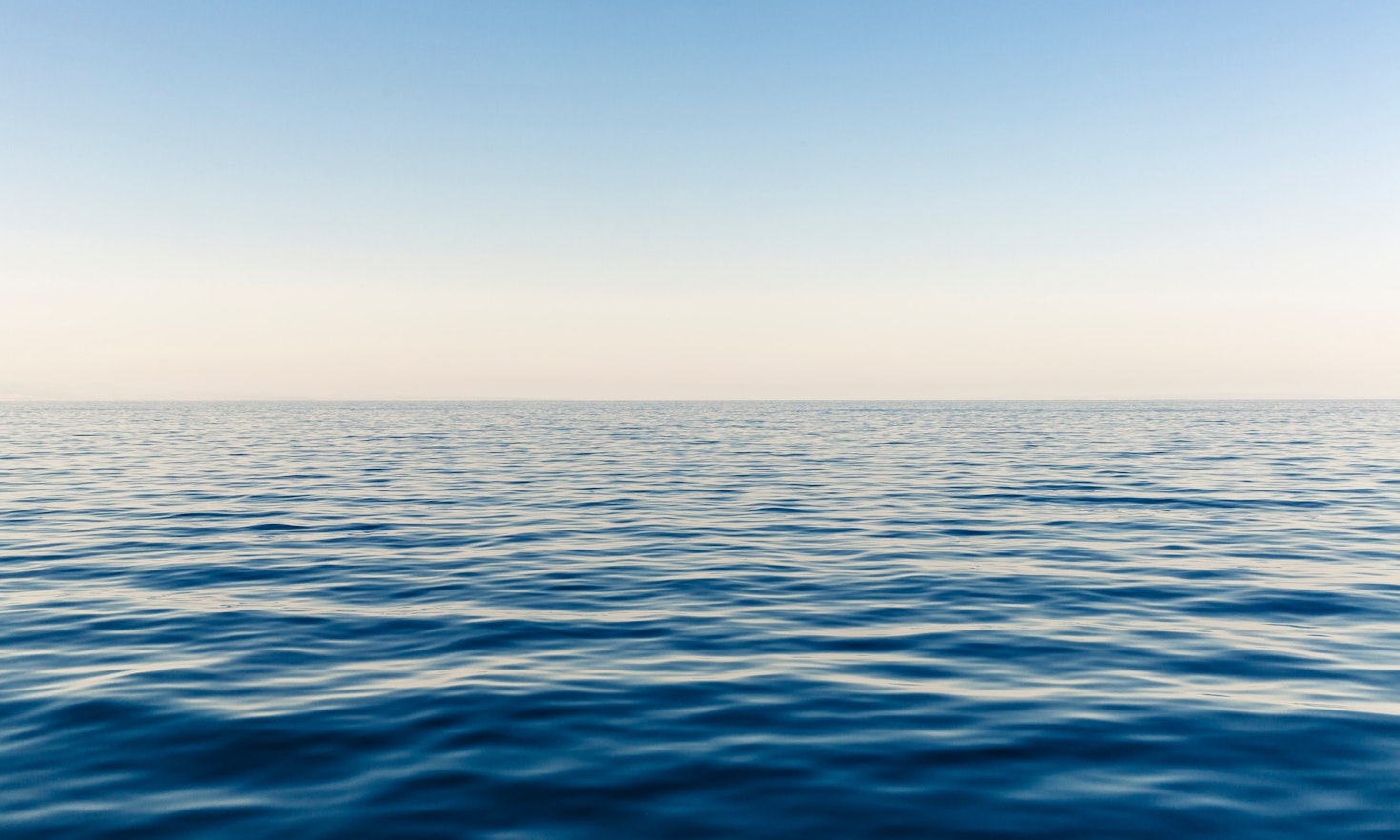
The poetry of Warsan Shire – a Kenya born, UK raised, and US based second generation migrant of Somali origin – addresses the topic of journeys. She often deliberately fails to clarify the point of departure and of arrival. In this way, she centres journeys at the heart of the migration experience and removes the focus from nation-states, whilst also using a local, singular perspective to draw attention to global movements of people.
No one leaves home unless home is the mouth of a shark. I've been carrying the old anthem in my mouth for so long that there’s no space for another song, another tongue or another language.
Warsan Shire, Conversations about home (at the deportation centre)
Shire’s work highlights the instrumental role played by journeys in the formation of “hybrid” identities – the condition of “double consciousness” that develops in the liminal space between departure and destination. Journeys appear as formative, contrasting the common perspective in policy, media, and academia which focus on the causes and outcomes of migration and construct journeys as linear and as an in-between phase. Focusing on journeys thus gives voice and agency to migrants and legitimises their experiences of mobility and lives in exile.
In Conversations about home (at the deportation centre), her most famous poem, Shire recounts the reasons for leaving, the journey itself and the discrimination and state of precarity encountered within the host nation, supporting the notion of internal borders. These include the structural and racist complications migrants encounter once they reach their “final” destination, aligning with ideas of migrants as non-belonging and undeserving. Changing laws and regulations mean the threat of deportation is constant, and migrants remain stuck in both/ either mobility and/ or immobility: this is the condition of exile. The impact on the speaker’s identity is found in her rhetorical question – “Can’t you see it on my body?”
Oceanic imagery and the female body are used as symbols in the poem to explore themes of journeys and identity (re)formation, and the connection between them. The sea appears as simultaneously deathly and generative, hopeful. This recalls previous academic work done by Gilroy and his concept of the “Black Atlantic” (1993).1 It explains the emergence of transnational and intercultural voices through experiences of the diaspora and documents the cultural dialogue that occurred between Africa, North America and the UK. I apply this concept beyond the realms of the Atlantic to a different seascape: today, the Mediterranean hosts a liquid graveyard of migrants attempting to reach Europe – echoing the horrors of the Middle Passage. Despite this, Shire states that the journey and borders encountered are:
better than the scent of a woman completely on fire, or a truckload of men who look like my father, pulling out my teeth and nails, or fourteen men between my legs, or a gun, or a promise, or a lie, or his name, or his manhood in my mouth.
Warsan Shire, Conversations about home (at the deportation centre)
Here, the female body imagery situates the speaker’s identity within the context of the journey. It illustrates how a person’s sense of self, gender and relationships are renegotiated and transformed by the process of migration. This is also clear in the language and long sentences, which reflect the linguistic work of the 1970’s French feminists’ in ‘l’ecriture feminine’. They argued that the "female imaginary" exists as plurality, non-linearity and fluidity of identity, as reflected in art, poetry and language and symbols such as the ocean. The sea appears as a female space, offering an opportunity for analysing female creativity and resistance in language, where women can challenge their identities and the gendered roles assigned and defined by Western imperialism and patriarchal norms.
Poetry constitutes an especially useful lens of analysis in this regard. It serves as a vehicle for self-expression, the reclaiming of personal and political agency, community building and solidarity. It is specifically relevant to Shire as sound and listening are integral to Islamic culture, and more specifically Somalia is known as a "nation of poets". Combining the predominantly pastoralist nomadic existence of Somalis with the fact that their written orthography was only realised in 1972, oral poetry acts as a signature of Somali culture and as a mode of communication across distances. By writing poetry, Shire reclaims her Somali heritage and identity whilst living in a Western world.
Internationally, migrants and stateless/ racialised people are largely excluded by a focus on nation states and their citizens, where overlapping layers of oppression render them voiceless – without access to platforms for expressing their experiences and concerns. Sound has the potential to cross and dismantle borders through space and time, where the mobility of people is increasingly blocked by security controls and xenophobic policies. It emerges as a form of resistance with the ability to restore voice to those who feel like they have lost it. Indeed, Somalis use technological mediums, including social media, YouTube and cassette tapes, to disseminate their poetry and communicate across the diaspora. These mediums capture the emotions, accents, repetitions and hesitations that are often lost in other means of research, but that are given value in poetry and music. Whilst sound appears as something constructed and orderly, noise – embodied by these accents, repetitions and hesitations – holds negative connotations of being disruptive and pointless. In this way, sounds and noises reveal important information on migrant identities and are central to narratives of inclusion and exclusion.
“I’ll see you on the other side”, Shire concludes – reflecting on the circular nature of migration. The title of the poem, at the deportation centre, suggests that at this point, she is being sent back to where she came from, back to where she started – mirroring the movement of the ocean. Placing journeys in this way at the core of attempts to understand migration would legitimise migrant experiences and give a more complete view of the formation of transnational identities and diasporas. The implications of this lie with the contestation and destabilisation of notions of nationalism, race, and ethnicity that currently depict a static conception of nations and of societies. Such work would promote and legitimise migrant voices and acknowledge their experiences, with the objective of developing more inclusive politics and policies.
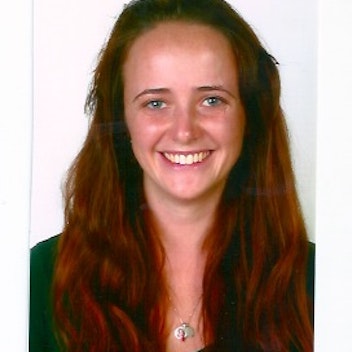
This content is licensed under a Creative Commons Attribution 4.0 International license.



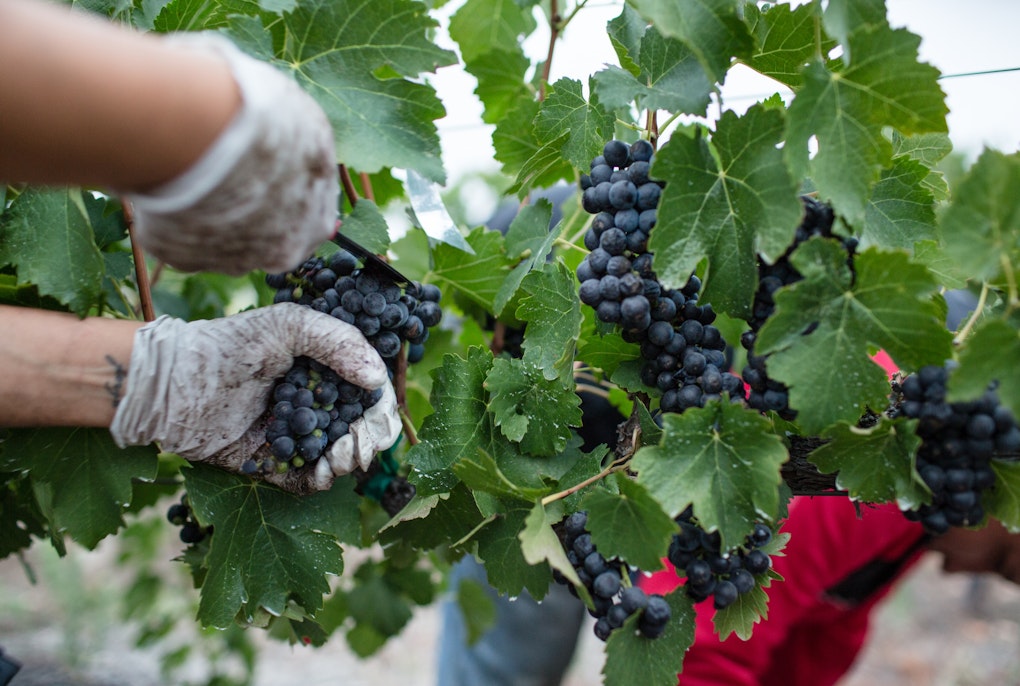
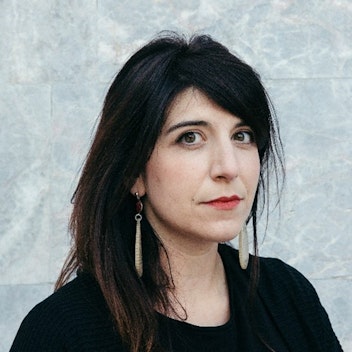 Caterina Francesca Guidi, PhD
Caterina Francesca Guidi, PhD 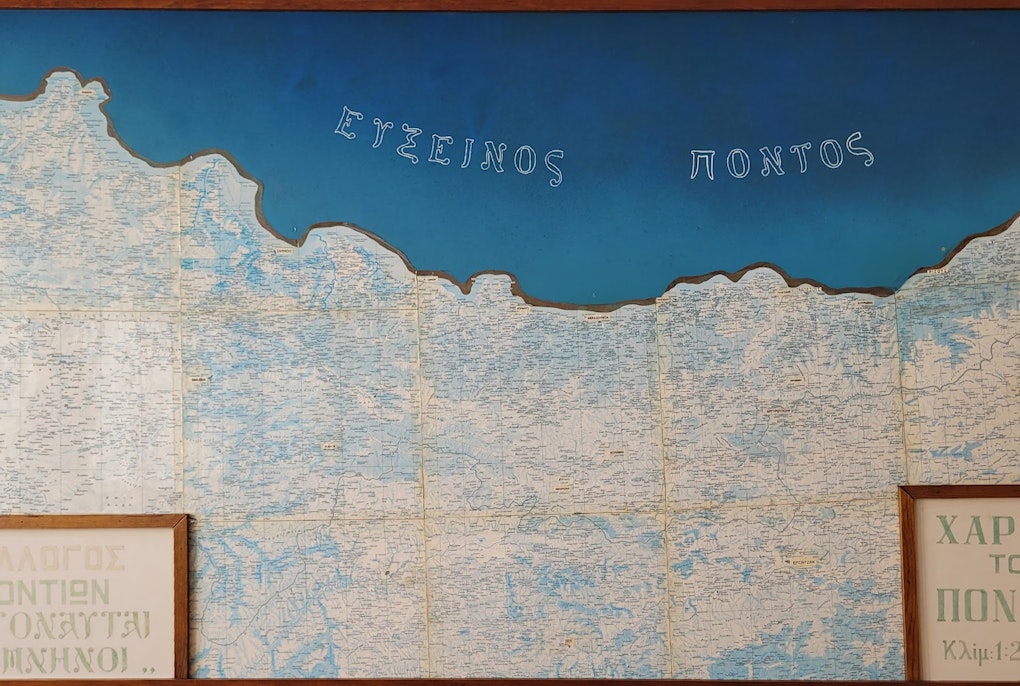
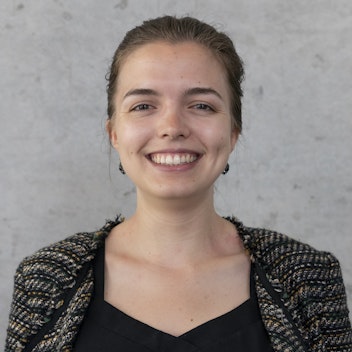 Isaure Vorstman
Isaure Vorstman